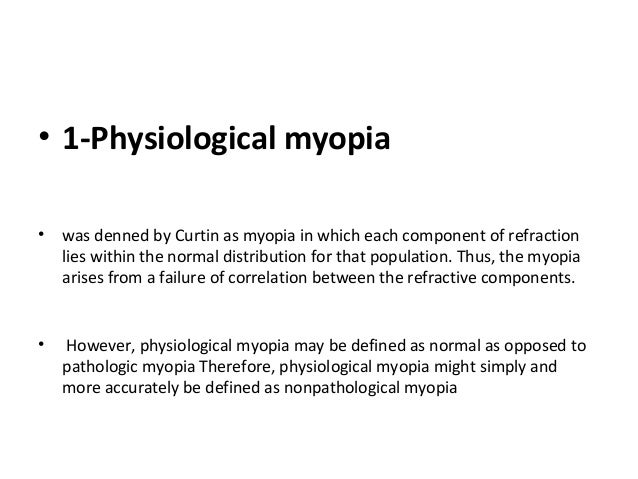
Overall, 6-18% of myopes meet the degenerative criterion. In the USA 0.2% – 0.4% of general population are classified as degenerative myopes while 1% of the Japanese population (approximately 1.25 million) are degenerative myopes. The epidemiology of this ocular condition generally has a prevalence with refractive error of greater than -7.9D. (1,2)ĭegenerative myopia is also known as other terminology including: Generally, myopia is the result of elongated axial length in the region of 25.5 or 26.5mm. To be classified as degenerative myopia, the myopia must be associated with degenerative changes in the posterior segment of the eye. Understanding degenerative myopia and attracting these patients to your practice is a great way to ensure your future success as an OD.ĭegenerative myopia is severe myopia greater than 6.00 Diopters that begins in youth (usually pre-teen years) and progresses in stages. There should be no need to refer their patients out. Expressing to your patients that you thoroughly understand their condition will help you to build a patient base when you are out in practice. Patients with high myopia can have vision threatening fundus pathology and it is important that as optometry students we really understand what is going on in their eyes. The authors felt that patients with high myopia really rely on their optometrist at yearly eye exams and these patients want to feel confident in their OD. But really there is something deeper here.


This article was created to educate students on the basics of degenerative myopia.


 0 kommentar(er)
0 kommentar(er)
